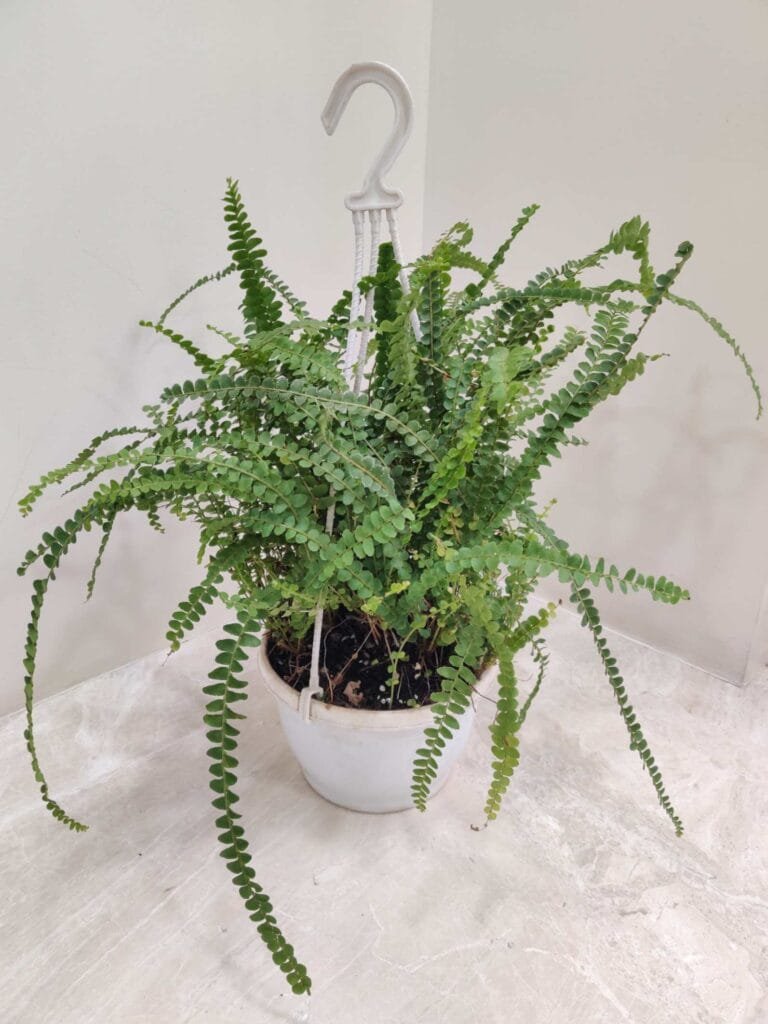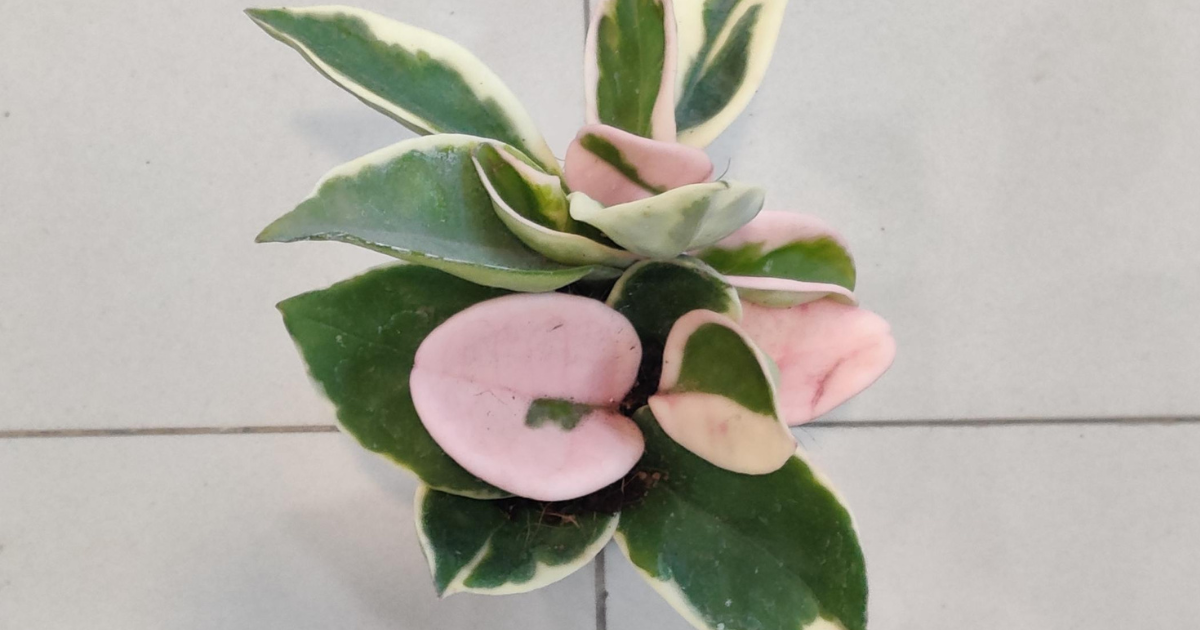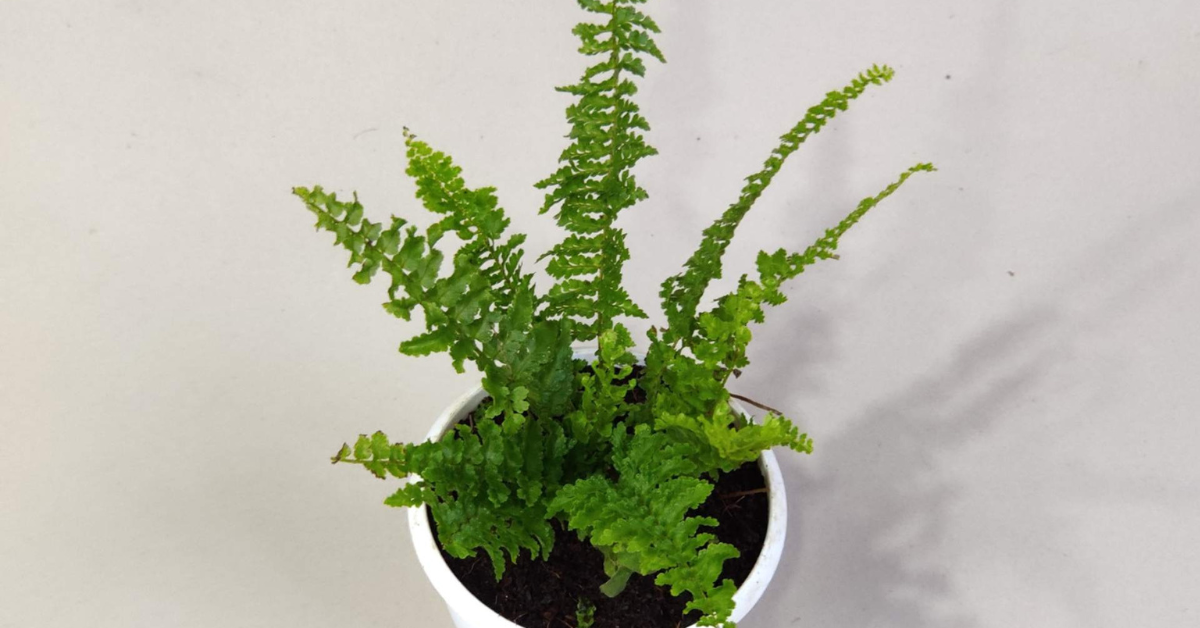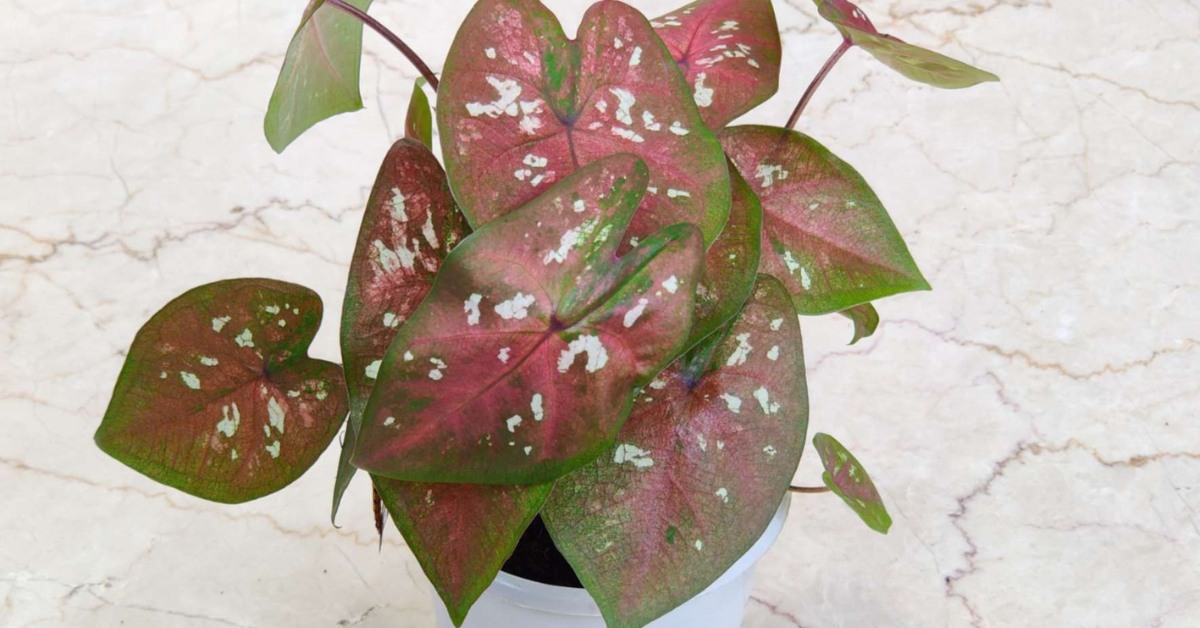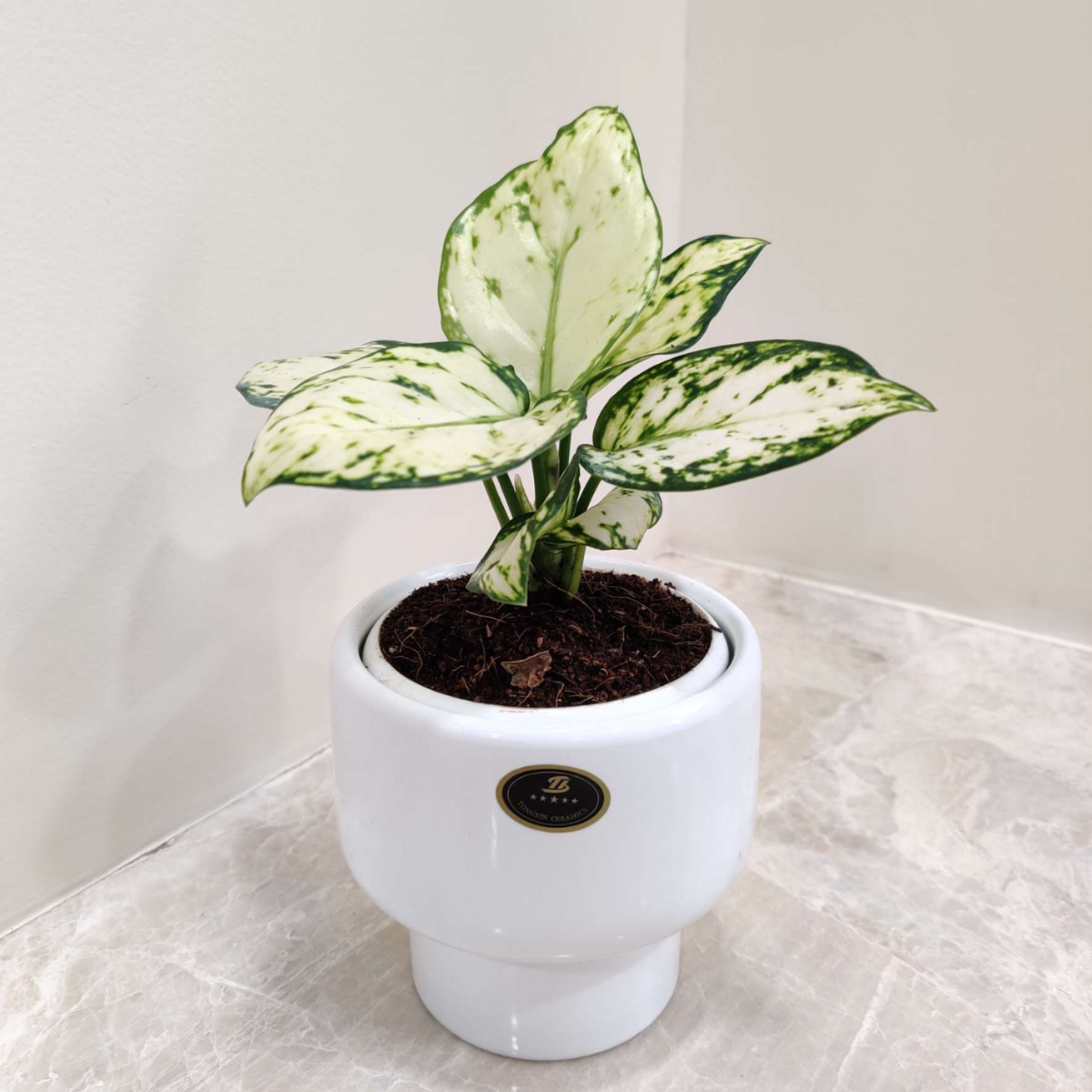The Asparagus Fern, with its feathery, cloud-like foliage, is a stunning addition to any indoor plant collection. Despite its name, this houseplant isn’t a true fern—it belongs to the Asparagaceae or Lily family. Its soft, cascading greenery and easy-going nature make it a favorite among beginners and seasoned plant enthusiasts alike. Whether you’re looking to cultivate an elegant hanging display or add a lush accent to a tabletop, mastering Asparagus Fern care is the key to keeping this plant healthy, vibrant, and flourishing year-round.
In this comprehensive guide, you’ll learn everything you need to know about growing and caring for Asparagus Ferns, including lighting, watering, soil requirements, propagation techniques, pest prevention, and styling tips. We’ll also cover potential issues and how to troubleshoot them to ensure your Asparagus Fern thrives in your home.
What is an Asparagus Fern? Debunking the Name
Contrary to its common name, the Asparagus Fern (Asparagus densiflorus, Asparagus setaceus, and related species) is not a true fern. It belongs to the Asparagaceae or Lily family, closely related to the edible asparagus. The term “fern” refers to its delicate, feathery foliage that resembles true ferns, but botanically, it’s quite different.
Native to the subtropical regions of South Africa, Asparagus Ferns grow as ground cover in the wild, thriving in dappled light and warm, humid conditions. Indoors, they are cherished for their soft, airy appearance and versatility in styling, whether cascading from shelves, filling hanging baskets, or adding texture to arrangements.
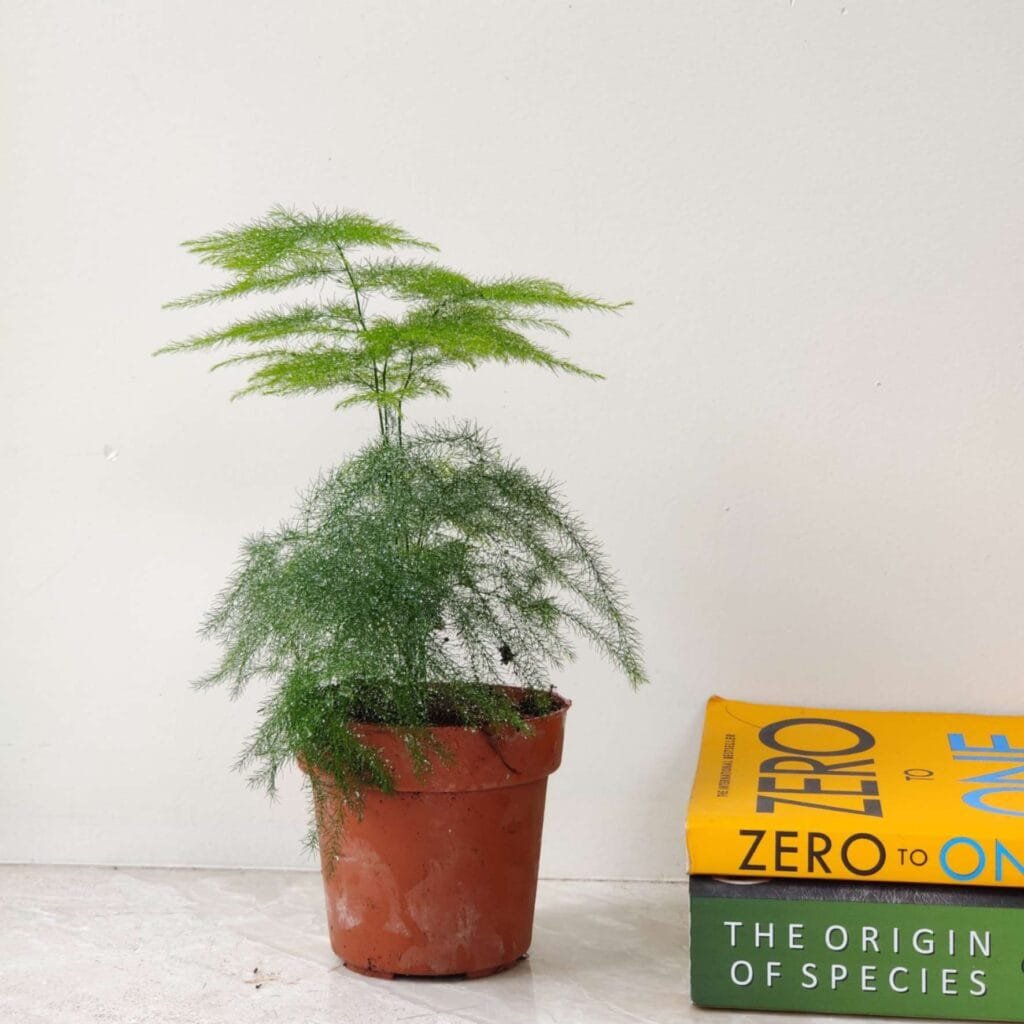
Common Name: Asparagus fern, foxtail fern
Botanical Name: Asparagus aethiopicus, A. densiflorus
Family: Asparagaceae
Plant Type: Perennial
Mature Size: 3 ft. tall, 4 ft. wide
Sun Exposure: Partial
Soil Type: Well-drained
Soil pH: Acidic, neutral
Native Area: South Africa
Toxicity: Toxic to humans, toxic to pets
Asparagus Fern Benefits: Why You’ll Love Growing One
1. Versatile display options, from cascading to upright forms
2. Soft, feathery foliage adds elegance to any room
3. Ideal for hanging baskets, tabletops, and shelves
4. Tolerates occasional neglect due to water-storing roots
5. Fast-growing and easy to propagate by division
6. Air-purifying qualities (like many indoor plants)
Popular Asparagus Fern Varieties
Several Asparagus Fern varieties are popular among houseplant lovers. While their appearances differ, their care requirements are generally similar.
1. Asparagus densiflorus ‘Myersii’ (Foxtail Fern)
Characterized by dense, upright, fluffy stems that resemble foxtails, this variety offers a structured, bushy look. It’s perfect for creating sculptural, vertical accents in pots or arrangements.
2. Asparagus densiflorus ‘Sprengeri’ (Emerald Fern)
Known for its trailing, cascading stems and resilience to less-than-perfect conditions, the Emerald Fern is ideal for hanging baskets or high shelves. It’s one of the easiest to care for, making it a great choice for beginners.
3. Asparagus setaceus (Lace Fern)
The most delicate variety, the Lace Fern features fine, soft foliage resembling lace. It’s popular for tabletop displays and bonsai arrangements. While visually stunning, it can be a bit more sensitive to care fluctuations.
4. Compact Varieties
Look for dwarf cultivars like ‘Sprengeri Compacta’ or ‘Nana’ if you prefer smaller plants for tight spaces or mini displays.
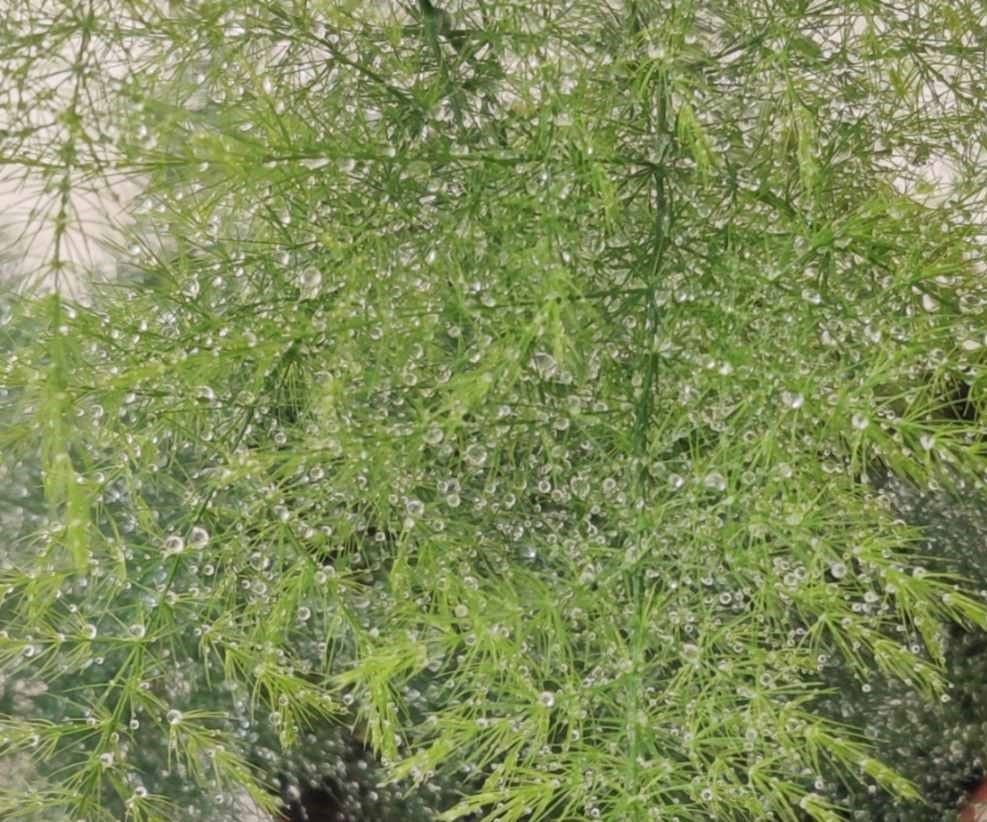
How to Grow Asparagus Ferns
1. Light Requirements for Asparagus Ferns
One of the reasons Asparagus Ferns are so popular is their adaptability to different lighting conditions. However, understanding their preferences is essential for keeping them looking lush and green.
Best Light Conditions
- Bright, Indirect Light: Ideal for dense, vigorous growth. Place your fern near a window with filtered sunlight but out of direct rays.
- Morning Sun: A few hours of gentle morning sun is beneficial, but harsh afternoon sun can scorch the foliage.
- Low Light Tolerance: While adaptable to lower light, growth will slow, and the plant may become sparse or yellow over time.
Signs of Lighting Issues
- Too Much Light: Foliage appears washed out, scorched, or yellowed.
- Too Little Light: Yellowing leaves, sparse growth, and leaf drop.
Pro Tip: Rotate your plant regularly to encourage even growth and prevent yellowing on the side facing away from the light source.
2. Best Soil and Potting Mix for Asparagus Ferns
A well-draining, airy potting mix is essential to prevent waterlogged soil and root rot.
Recommended Potting Mix
- 50% peat-free houseplant compost or high-quality potting soil
- 25% perlite for drainage and aeration
- 25% orchid bark or coco coir for structure and airflow
- pH range: 5.5 to 7.5, slightly acidic to neutral
Choosing the Right Pot
- Drainage Holes: Non-negotiable for healthy roots
- Plastic Nursery Pots: Retain moisture better—ideal for beginners
- Terracotta Pots: Wick moisture away, better for over-waterers but require more frequent watering
- Cache Pots: Decorative outer pots can be used for styling while keeping the plant in a nursery pot for easy care
3. Ideal Temperature and Humidity
Mimicking the Asparagus Fern’s natural subtropical environment is key to success.
Temperature
- Optimal range: 18°C to 27°C (65°F to 80°F)
- Never expose the plant to temperatures below 10°C (50°F)
- Avoid cold drafts and sudden temperature fluctuations
Humidity
Use a room humidifier, pebble tray, or daily misting in dry environments
Prefers moderate to high humidity (50% or more)
Thrives in naturally humid spaces like kitchens or bathrooms
4. How to Water Asparagus Ferns
Watering mistakes are one of the most common reasons Asparagus Ferns struggle. Fortunately, their bulbous roots store water, making them moderately drought-tolerant—but they dislike being completely dry for extended periods.
Watering Guidelines
- Allow the top 2-3 cm (1 inch) of soil to dry out before watering
- Water thoroughly until excess drains from the pot’s drainage holes
- Reduce watering frequency in winter when growth slows
- Use tepid (room temperature) water to avoid shocking the roots
Quick Watering Tip:
Lift the pot to check its weight—if it feels light, it likely needs watering.
Overwatering and Underwatering Risks
Underwatering: Leads to brown, dry foliage and leaf drop
Overwatering: Causes root rot, yellow leaves, and mushy stems
5. Repotting Your Asparagus Fern
Asparagus Ferns enjoy being slightly root-bound but will eventually need repotting for continued growth.
When to Repot
- Every 1-2 years, preferably in early spring or summer
- If roots circle the pot or break through drainage holes
- If water rushes through the soil without being absorbed
Repotting Steps
- Water the plant 1-2 days beforehand
- Gently remove it from the pot and loosen the roots
- If dividing, separate the root clump into sections, ensuring each has roots and shoots
- Replant in fresh potting mix, going up just one pot size
- Water thoroughly and keep in a shaded area for a few days to reduce stress
6. Propagating Asparagus Ferns: Easy Division Method
The easiest way to multiply your Asparagus Fern collection is through division during repotting.
Propagation by Division
- Wear gloves—the plant has sharp spikes
- Gently separate root clumps into sections
- Each division should have healthy roots and shoots
- Pot each division individually with fresh soil
- Keep in indirect light until new growth appears
Growing from Seeds
While possible, growing Asparagus Ferns from seeds is slow and unpredictable. Seeds are harvested from the plant’s red berries, but division remains the most efficient propagation method.
7. Pruning and Shaping for a Fuller Fern
Regular pruning helps maintain your Asparagus Fern’s shape, encourages bushier growth, and improves air circulation.
How to Prune
- Use sharp, sterile shears
- Wear gloves to protect from sharp stems
- Trim stems back to the base, not mid-way along the stem
- Remove brown or yellow leaves as needed
- Limit pruning to no more than one-third of the plant at a time
Encouraging Bushier Growth
Pinch back the tips of new stems to stimulate branching and create a fuller, denser appearance.
Common Problems and Solutions
Despite their resilience, Asparagus Ferns can face a few common issues. Recognizing and addressing them early keeps your plant looking its best.
| Problem | Likely Cause | Solution |
| Yellowing leaves | Overwatering, insufficient light, pests | Adjust watering, increase light, check for pests |
| Brown tips | Low humidity or salt buildup | Increase humidity, flush soil |
| Leaf drop/shedding | Underwatering, inconsistent care, sudden temperature changes | Improve watering routine, maintain stable environment |
| Root rot | Waterlogged soil | Repot in well-draining mix, adjust watering |
Pests to Watch For
Common Pests
- Spider mites: Fine webbing, stippled leaves
- Mealybugs: Cotton-like clusters on stems
- Scale insects: Hard, brown bumps on stems
- Aphids and Whiteflies: Small sap-sucking insects
Pest Control
- Isolate affected plants
- Spray with insecticidal soap or neem oil
- Use rubbing alcohol on Q-tips for spot treatment
- Improve humidity to deter pests
- For severe infestations, introduce beneficial insects like ladybugs
Toxicity: Keep Pets and Children Safe
All parts of the Asparagus Fern are toxic to pets and humans if ingested, causing vomiting or skin irritation. The plant contains saponins and calcium oxalate crystals. Keep it out of reach of curious pets and young children. If you have highly inquisitive animals, consider non-toxic alternatives like Boston Ferns.
Styling Ideas for Asparagus Ferns
Thanks to their trailing and fluffy growth, Asparagus Ferns offer endless styling opportunities.
Cascading Displays
- Hanging baskets in bright, indirect light
- High shelves or bookcases for trailing foliage
- Macramé plant hangers for a boho touch
Tabletop and Desk Displays
- Lace Ferns in bonsai pots or decorative planters
- Smaller varieties in compact ceramic pots
- Grouped with other humidity-loving plants for a mini indoor jungle
Outdoor Accents (Zones 9-11 Only)
- Patio containers with partial shade
- Combined with bold-leaf plants like Caladiums for texture contrast
Overwintering Outdoor Asparagus Ferns
In regions with cold winters, bring outdoor Asparagus Ferns inside when temperatures dip below 10°C (50°F). Place them in bright, indirect light away from drafts. Reduce watering during winter dormancy but avoid letting the soil dry out completely.
Quick Care Recap
| Care Factor | Recommendation |
| Light | Bright, indirect; morning sun okay |
| Water | When top 2-3 cm soil is dry; never soggy |
| Temperature | 18°C to 27°C (65°F to 80°F) |
| Humidity | 50%+; mist regularly if air is dry |
| Soil | Light, well-draining mix with perlite and bark |
| Fertilizer | Half-strength liquid feed, twice a month in active growth |
| Pruning | Trim stems to base; wear gloves |
| Repotting | Every 1-2 years or when root-bound |
| Propagation | Best by division during repotting |
| Pets & Kids | Toxic—keep out of reach |
Looking to create a lush indoor jungle? The Asparagus Fern is a must-have. With the care tips in this guide, you’ll enjoy a healthy, vibrant plant that brings texture, greenery, and timeless charm to your space.
Conclusion: A Rewarding, Low-Maintenance Houseplant
The Asparagus Fern is a perfect blend of beauty and resilience. With its lush, trailing greenery, easy propagation, and adaptable care needs, it brings elegance to homes, offices, and patios. By providing the right balance of light, moisture, and humidity, along with occasional pruning and pest monitoring, you can enjoy a healthy, flourishing Asparagus Fern for years to come.
Looking for more indoor ferns that boost air quality and bring calm? Read why the Bird’s Nest Fern is the best indoor plant for a healthy home and see how it compares.
FAQs
1. What type of soil is best?
Rich, well-draining soil that retains moisture.
2. Do asparagus ferns need fertilizer?
Not necessary if using organic compost.
3. How do I propagate asparagus ferns?
By division: Split the rootball and replant.
By seeds: Collect berries, remove seeds, and plant in rich soil.
4. Are asparagus ferns toxic to pets?
Yes. The berries can be harmful to cats and dogs. Keep them out of reach.


